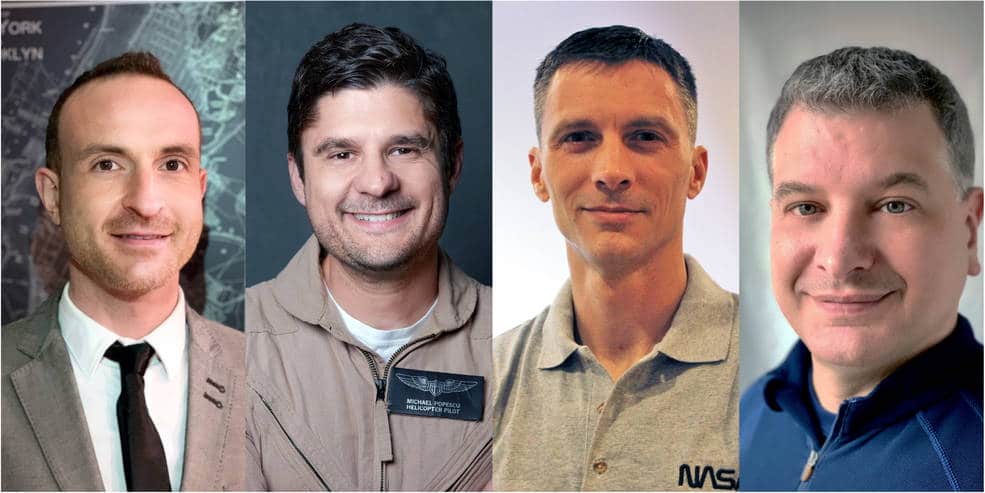NASA will simulate the long trek to Mars’ moon Phobos with a volunteer crew of four people who will work for 45 days inside a ground-based habitat at NASA’s Johnson Space Center in Houston. The mission will begin on Jan. 28 in a structure called the Human Exploration Research Analog, or HERA, designed to serve as an analog for the rigors of real space exploration missions.
HERA will house Jared Broddrick, Pietro Di Tillio, Dragos Michael Popescu, and Patrick Ridgley as they conduct science experiments and face the isolation, confinement, and time delays of a long space mission. Once the habitat’s doors close, they will not reopen until March 14.
As the simulated journey takes crew members closer to Phobos, those inside will experience increasing delays in communicating with the outside world. When the crew reaches Phobos, this delay will last up to five minutes each way. Such delays will force the crew – and those coordinating their journey – to practice communicating in ways that minimize impacts to mission operations and allow the crew sufficient autonomy to accomplish the mission.
“In this HERA campaign, we’re learning more about how teams function in an autonomous environment where they have limited contact with Earth,” said Brandon Vessey, research operations and integration element scientist for NASA’s Human Research Program, or HRP. “What we learn will inform how future exploration missions beyond low-Earth orbit are performed. This will help ensure that our astronaut crews can work effectively through challenges unique to long-duration spaceflight, including communication delays.”
HRP will perform 15 total studies throughout the missions, with seven returning investigations and eight new ones. The data collected as part of these missions will continue to help prepare humans for Artemis exploration missions to the Moon, trips to the planned lunar Gateway outpost, and long-duration missions to Mars.
The upcoming simulation is the second mission of HERA’s Campaign 6. Mission 1 ended on Nov. 15, 2021. Two additional missions will follow as part of the campaign, with the final simulated mission set to end Sept. 12, 2022.
The primary crew of HERA Campaign 6, Mission 2, is:
Jared Broddrick, Ph.D., is a research scientist in the Space Biosciences Research Branch at NASA’s Ames Research Center in Silicon Valley, California.
Pietro Di Tillio is from Metuchen, New Jersey, and works as a geoscientist and a GIS analyst in the environmental engineering industry.
Dragos Popescu is the technical lead for several spacecraft and rocket engine development programs in the aerospace industry.
Patrick Ridgley is a lead engineer in Dynamic Systems Engineering at Boeing in Philadelphia, Pennsylvania.
